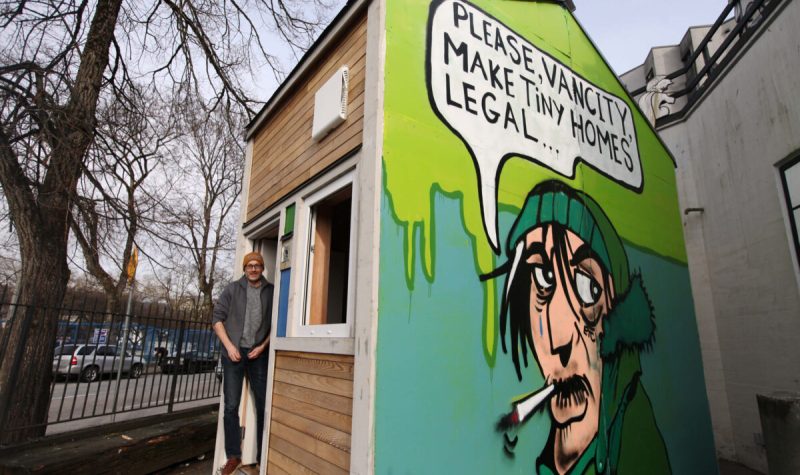By David P. Ball
---
Bryn Davidson said he felt "incredibly disappointed" when Vancouver city staff rejected his proposal to build low-cost, temporary wooden shelters to house the city's growing homeless population during the pandemic.
But instead of giving up on an idea he's been pitching for years, with others trained in architecture, like him, as well as planners and fellow designers, he decided to just get down to work.
With donations and support from non-profits, Davidson built his own prototype for a tiny home that could potentially help with the city's homelessness crisis and be a place for people who need independent living, including residents of the controversial Strathcona Park Tent City.
Davidson took The Pulse on CFRO on a tour of his installation, which he admits he "cheekily" placed right at the corner of Princess and Cordova streets in the Downtown Eastside, directly across from Oppenheimer Park, from where the original homeless encampment was evicted by the city last spring.
The two-storey simple structure is wired for electricity, has a ladder-accessed loft for either a second queen-size bed or storage, a small living area for a table, microwave or hotplate, and shingle gable roof. The outside is painted by legendary Downtown Eastside (DTES) graffiti artist Smoky D.
He hopes if the city doesn't budge, perhaps other nearby municipalities or even non-profits with land will consider the idea now it's on display and can be built cheaply, for as little as $15,000-20,000 a unit, and far less than most other housing or the policing and other costs associated with enforcing and evicting tent cities.


